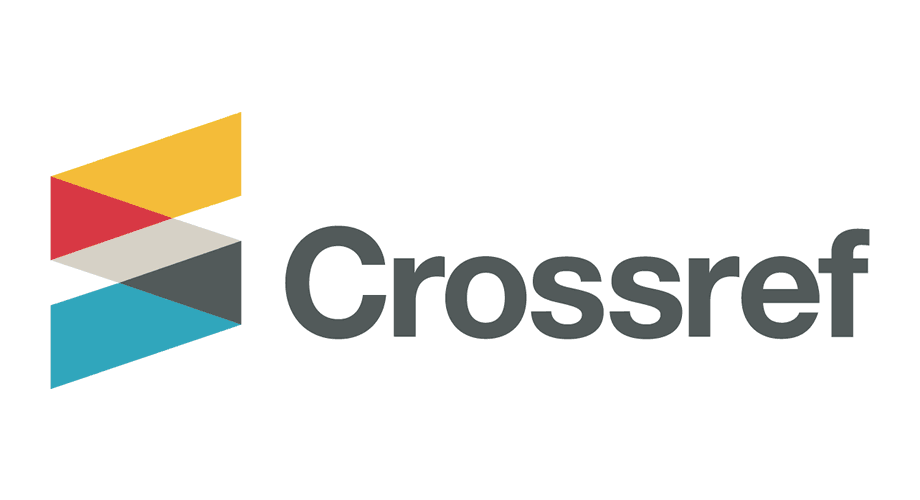Role of Virechana and Jaloukavacharana in the management of Palmo-Plantar Psoriasis - A Case Study
DOI:
https://doi.org/10.21760/jaims.10.8.39Keywords:
Vipadika, Palmo-Plantar Psoriasis, Jaloukavacharana, KushtaAbstract
Palmo-plantar Psoriasis is a chronic, non-infectious inflammatory skin condition characterized by well-defined, erythematous plaques with silvery scales, primarily affecting the extensor surfaces. It follows a fluctuating course and is confined to the palms and soles. In Ayurveda, skin diseases are grouped under the term Kushtha, although there is no direct correspondence to this condition. However, it can be correlated with Vipadika, a subtype of Kshudrakushtha. This disease impacts not only the physical health of the patient but also their mental and social well-being, as its visible appearance can be socially embarrassing. The exact cause of Palmo-plantar Psoriasis remains unknown, but there is a genetic predisposition. According to Ayurveda, this condition is exacerbated by an unstable lifestyle, including poor dietary habits, a hectic routine, and stress. From an Ayurvedic perspective, vitiation of the Vata, Kapha, and Pitta/Rakta Doshas are the key factors in the development of this disease. Virechana (purgation therapy) and para surgical procedures like Jaloukavacharana are considered the most effective treatments for skin disorders. Modern medical treatments, however, often fail to provide satisfactory results. This article presents a case of a 44-year-old female who experienced well-demarcated, raised scaling on both palms and soles, with severe itching for 3 years. The patient experienced significant relief through a systematic Ayurvedic approach, incorporating Shodhana (detoxifying therapy), Jaloukavacharana (leech therapy) and Shamana (balancing therapy). Shodhana helps expel the excess Doshas, while Shamana works to balance the remaining Doshas.
Downloads
References
Jakhotiya Y, Kuchewar V. Ayurvedic management of palmo-plantar psoriasis: a case study. J Ayurveda Holist Med. 2017 Mar-Apr;5(2):59–64.
Shukla AV, Tripathi R. Charak Samhita. Vol. II. Chikitsa Sthana, Chapter VII. Delhi: Chaukhamba Sanskrit Pratishthan; p.185.
Tripathi B. Ashtang Hrudayam. Nidan Sthana, Chapter XIV. Delhi: Chaukhamba Sanskrit Pratishthan; p.530.
Shukla AV, Tripathi R. Charak Samhita. Vol. II. Chikitsa Sthana, Chapter VII. Delhi: Chaukhamba Sanskrit Pratishthan; p.184.
Shukla AV, Tripathi R. Charak Samhita. Vol. II. Chikitsa Sthana, Chapter VII. Delhi: Chaukhamba Sanskrit Pratishthan; p.188.















